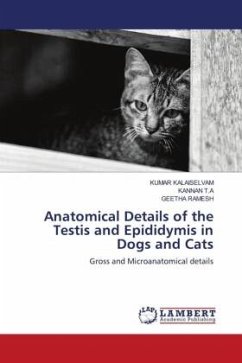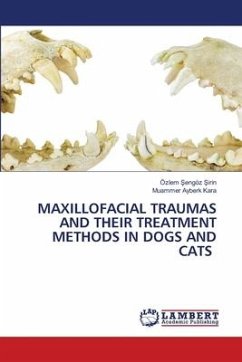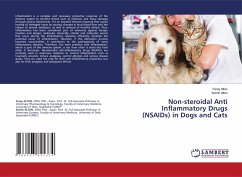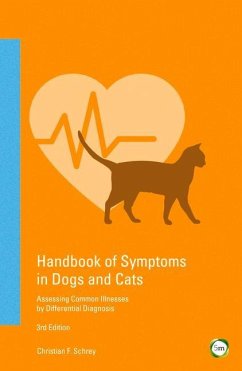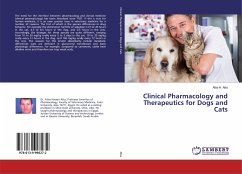
Clinical Pharmacology and Therapeutics for Dogs and Cats
Versandkostenfrei!
Versandfertig in 6-10 Tagen
38,99 €
inkl. MwSt.

PAYBACK Punkte
19 °P sammeln!
The need for the interface between pharmacology and clinical medicine (clinical pharmacology) has been described since 1937. If this is true for human medicine, it is an even greater issue in veterinary medicine for a number of reasons. The first of which is the species differences in drug behavior. For example the elimination half-life of salicylate is 27 to 45 hours in the cat, 4.5 to 8.5 hours in the dog, and 0.5 hours in the cow. Accordingly, the dosages for these species are quite different, ranging from 10 to 20 mg/kg orally every 2 to 3 days in the cat, 10 to 20 mg/kg orally every 12 ho...
The need for the interface between pharmacology and clinical medicine (clinical pharmacology) has been described since 1937. If this is true for human medicine, it is an even greater issue in veterinary medicine for a number of reasons. The first of which is the species differences in drug behavior. For example the elimination half-life of salicylate is 27 to 45 hours in the cat, 4.5 to 8.5 hours in the dog, and 0.5 hours in the cow. Accordingly, the dosages for these species are quite different, ranging from 10 to 20 mg/kg orally every 2 to 3 days in the cat, 10 to 20 mg/kg orally every 12 hours in the dog, and 100 mg/kg orally every 12 hours in the cow. The reasons for this kinetic dissimilarity include metabolic differences (cats are deficient in glucuronyl transferase) and basic physiologic differences. For example, compared to carnivores, cattle have alkaline urine and therefore ion trap weak acids.




